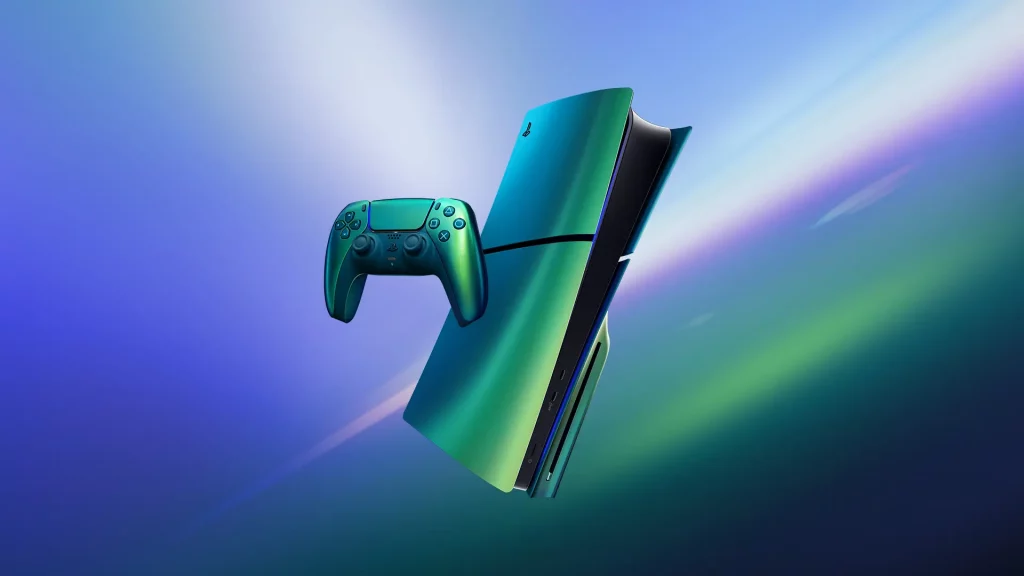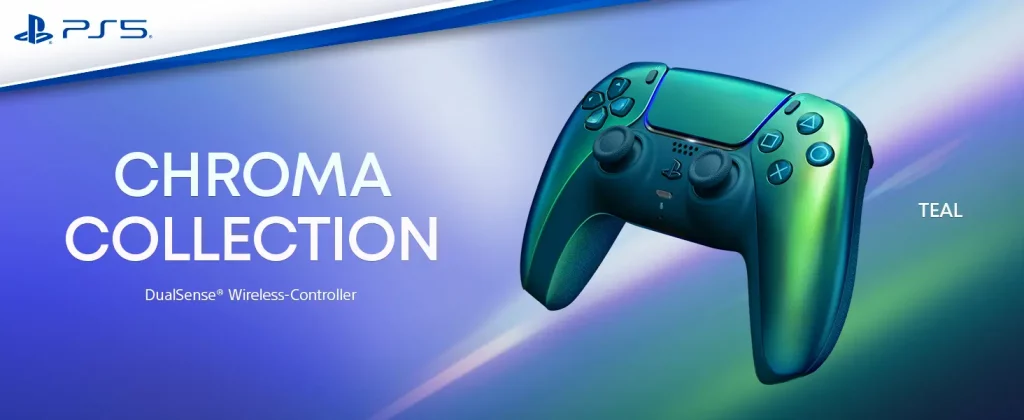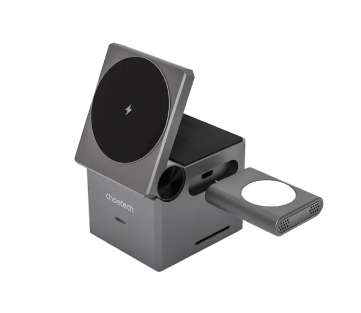The Steam Deck OLED isn’t just a screen upgrade—it’s Valve fine-tuning its handheld for the better part of two years.I’ve taken a deep dive into their key features and can confidently say the differences go beyond just specs. The LCD version feels like the scrappy original, while the OLED brings a brighter, smoother, and more refined experience that fixes some of the first-gen’s quirks. In this article, I’ll lay out my thoughts on both models—the good, the bad, and the unexpected—so you can choose wisely. Without further ado, let’s start with the verdict.
Table of Contents
My Verdict on Steam Deck LCD vs OLED
| Steam Deck LCD ✅ Affordable ✅ Expandable storage ✅ Solid performance ❌ Lower display quality ❌ Shorter battery life ❌ Limited wireless | Steam Deck OLED ✅ Vibrant OLED display ✅ Longer battery life ✅ Faster connectivity ✅ Lighter design ❌ Pricey ❌ Limited storage options ❌ No USB-C 4.0 |
Purchase Link: Steam Deck LCD & OLED
I’ve been following the Steam Deck’s journey since its debut, and what I appreciate most about it is how it stands apart from other handhelds. Unlike the Nintendo Switch, which is locked into its ecosystem, or the ASUS ROG Ally, which leans heavily on Windows, the Steam Deck gives players total freedom. You can install SteamOS, Windows, or even emulators.
One thing I picked up on right away with the new OLED model is the display. The colors pop a lot more, and the blacks are deeper than with the LCD version. For anyone who cares about a more immersive visual experience, this is a major upgrade. The 90Hz refresh rate? It’s definitely noticeable—everything feels smoother and more fluid, especially in fast-paced games like Apex Legends or Rocket League.
The OLED screen sips less power, and Valve made some smart tweaks to the hardware, which gives the battery more staying power. Plus, it’s lighter by 30 grams—small but noticeable, especially if you’re playing for extended hours.
For me, the OLED is the better handheld overall. The better display, longer battery life, and lighter design all come together to make the OLED a more refined and fun experience.
Best Overall: Steam Deck OLED
If I were to crown one of these handhelds, it would definitely be the Steam Deck OLED. It’s not just the superior display that stands out—it’s the whole experience. The OLED display turns your games into a whole new experience, where the darks are so rich, they draw you in.When you add the extra battery life and smoother overall feel, it’s clear the OLED model gives you the most complete gaming experience. On top of that, the OLED display is not just for looks—it makes the gaming experience feel more immersive and satisfying.
Best Budget-Friendly Option: Steam Deck LCD
For those on a tighter budget, I’d point you toward the Steam Deck LCD. While it doesn’t have the premium OLED screen, it still provides a solid gaming experience. The LCD model is great for users who aren’t too fussed about the display quality and just want something that works well. The biggest advantage here is that you’re saving $100, which could be put toward other accessories or games.
Best for Storage: Steam Deck OLED
Storage-wise, the OLED offers more flexibility. With the 1TB option available, you can store a ton of games without constantly worrying about deleting and reinstalling. Sure, the LCD model comes with a decent 512GB, but for anyone who’s serious about their game library, the extra storage on the OLED might be a big deal. It’s the difference between always needing to manage space and being able to download what you want without hassle.
Best for Portability: Steam Deck OLED
Portability isn’t something you’d expect to see a huge difference in, but the OLED is slightly lighter and more compact than the LCD model. It’s not a massive difference, but if you’re carrying it around for hours on end, those small details count.
Best for Connectivity: Steam Deck OLED
When it comes to connectivity, the OLED doesn’t hold back.Thanks to Bluetooth 5.3 and Wi-Fi 6E, the OLED version just makes everything run smoother, especially when you’re gaming online. This is especially handy for multiplayer games or if you’re streaming content.
Steam Deck LCD vs OLED: 3 Biggest Differences
*I haven’t tested these firsthand, but after thorough research, here’s my take
| Feature | Steam Deck LCD | Steam Deck OLED |
| Display | 7.0-inch LCD | 7.4-inch OLED |
| Battery Life | Up to 7 hours | Up to 10 hours |
| Weight | 649 grams | 669 grams |
| Storage | 256 GB | 512 GB / 1 TB |
| Refresh Rate | 60 Hz | 90 Hz |
| Price | $399 | $549 (512GB), $649 (1TB) |
Display, performance, and price are the key differences between the Steam Deck LCD vs OLED. Keep reading to dive deeper into each so you can make a confident decision.
Steam Deck LCD vs OLED: Display
Winner: Steam Deck OLED
When you look at these two, the difference in displays is hard to miss. The OLED version is miles ahead of the LCD, with deeper blacks and richer colors that make every scene feel more immersive. If you’re playing a game with tons of shadows or vibrant environments, the OLED really gives you that “wow” factor. The LCD? It does the job, but it’s more “meh” in comparison. It’s good enough but can’t compete with that crisp, lifelike quality the OLED brings.
Steam Deck LCD vs OLED: Refresh Rate
Winner: Steam Deck LCD
Here’s another noticeable difference that caught my eye and this one may even make you more confident in your decision. If you’re playing games that demand speed—like racing games or anything with fast action—the OLED’s 90 Hz refresh rate is a game-changer. It makes everything look buttery smooth, and you’ll notice the difference when you’re moving fast. The LCD’s 60 Hz refresh rate works just fine for most games, but it doesn’t give you that super-slick feel you get with the OLED. If you’re into fast-paced stuff, the OLED is the way to go.
Steam Deck LCD vs OLED: Price
Here’s the real talk: the LCD ($399 for 256GB) is cheaper, which makes it a solid option if you’re trying to save a bit and still get the core Steam Deck experience. It’s packed with most of the features you need for gaming on the go.
That said, the OLED comes at a higher price ($549 for 512 GB, and $649 for 1TB), but you get a lot more for that extra cash. If you’re someone who values better display quality, extra storage, and longer gaming sessions, the OLED’s price tag might be worth it. But if you’re just looking for a functional gaming handheld, the LCD gives you plenty for less.
Top 2 Accessories for PS5
If you’re a PS5 owner, you might want to check out the Chroma Teal collection to give your console a stylish upgrade. Here are the Chroma Teal console covers and wireless controller.
PS5™ Console Covers (slim) – Chroma Teal

These official PlayStation console covers are simple to install. Just remove your old PS5 covers and snap the new ones into place for a stunningly vivid gaming experience.
- Price (Pre-order): $64.99
- Link to Product: PS5 Console Covers
PlayStation DualSense Wireless Controller – Chroma Teal

The PlayStation DualSense Wireless Controller in Chroma Teal offers an eye-catching design with improved gaming features. The standout aspect is its immersive feedback, adjusting the feel of every action as you play. With its adaptive triggers and versatile connectivity, it’s built to elevate your gaming experience.
- Price: Pre-order and pay $80 instead of the regular $130
- Link to Product: PlayStation DualSense Wireless Controller
Want to explore groundbreaking products? Visit Prelaunch Marketplace for cutting-edge projects and exclusive deals. Find the latest trends and one-of-a-kind items all in one place!
Conclusion
So, which one should you pick? If you’re after the best experience with a sharper display, longer battery life, and smoother gameplay, I’d go recommend the OLED. It really stands out in terms of overall polish and immersion. That said, if you’re just after a solid, affordable gaming handheld, the LCD does the job perfectly fine. It’s a great option without all the extra perks. In the end, it comes down to what you’re willing to pay for those extra features.



